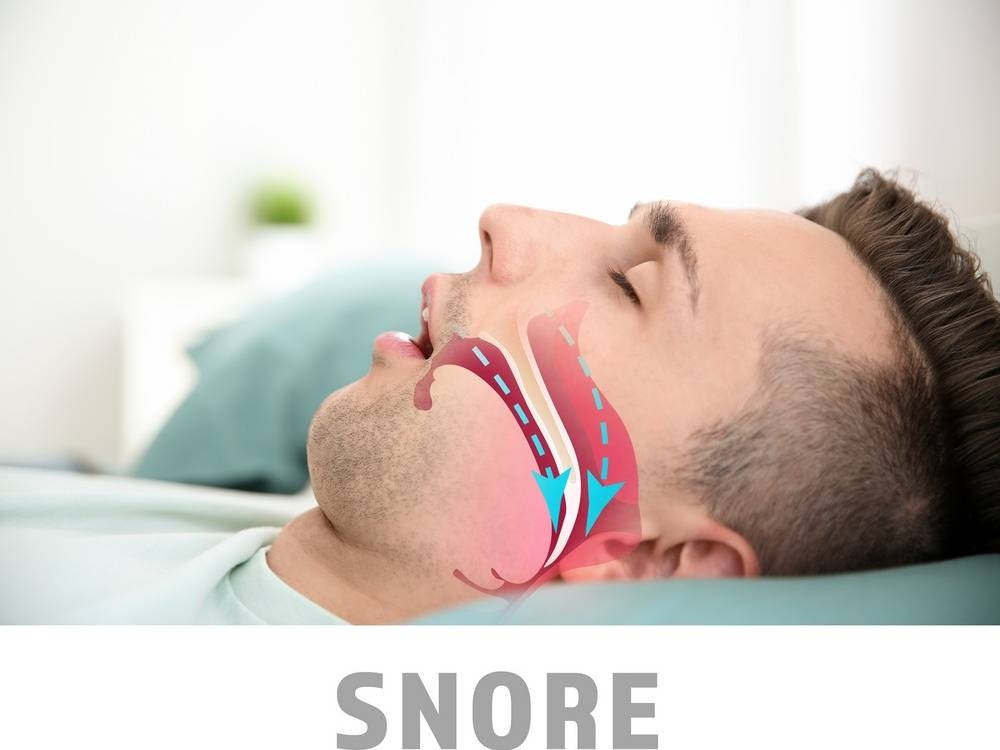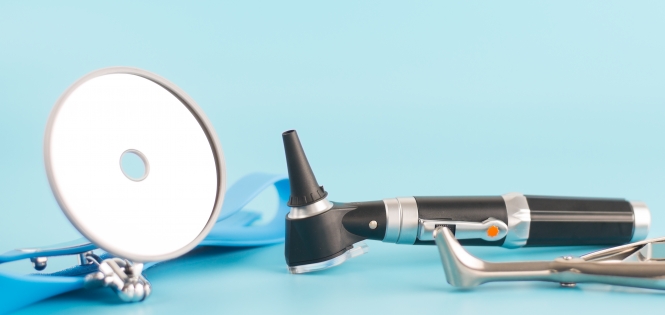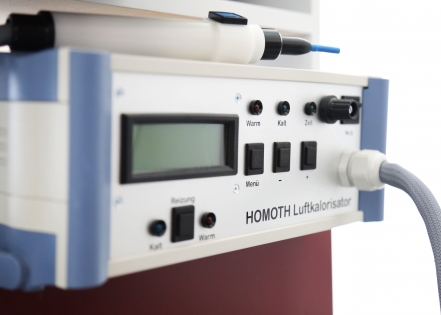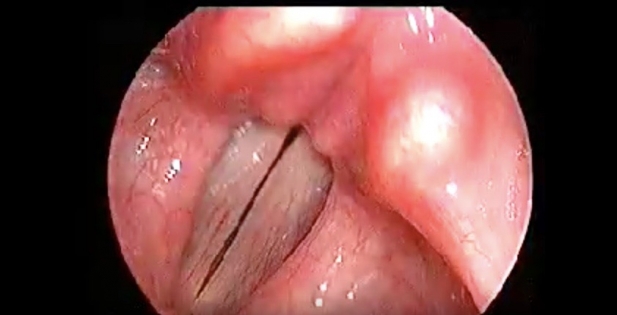What causes snoring and how diagnosis can be made?
Diagnosis - Snoring Causes
Home » Medical conditions » Diagnosis
What causes snoring?
Snoring is caused by the vibration of the soft tissue in your head and neck as you breathe in, and it can affect the nasal passages, the palate, the tonsils and the uvula. Snoring does not occur during the day, but while you are asleep, the pharynx muscles relax and the airways narrow. This narrowing of the airways is thought to increase the speed of breathing out and to change air pressure in the airways, thus causing the soft tissue to vibrate by sucking the sides of the airways in. The same effect can also be the result of the upper respiratory tract narrowing which may be caused by conditions such as septum scoliosis and adenoid hypertrophy, nasopharyngeal tonsil, hypertrophic tonsils, hypertrophic or elongated uvula, and narrow cavities in the soft palate.
How to diagnose the causes of snoring in the consulting room?
Each case of snoring and obstructive sleep apnea is different for each patient. Also, most of the times there may be more than one causes involved for diagnosing the problem. In any case, for the exact diagnosis of apnea or snoring an appropriate examination should be preceded in the specialised ENT clinic, which consists of keeping the patient’s detailed medical record and performing an examination with the use of a flexible video laryngoscope which enters the upper respiratory track through the nose and the nasal cavity and ends to the vocal cords and the beginning of the trachea. The examination with the use of a high-technology video laryngoscope can be easily performed within 5 minutes in the consulting room and is very well tolerated by the patient. This laryngoscope is not just a simple optical fiber, but a flexible video camera that follows the air flow thanks to its aerodynamic shape, and shows exactly the anatomical airway obstruction. This way, we can have a complete idea of what the causes of snoring are, and this is the most essential step for its effective treatment.
Which are the predisposing risk factors for snoring?
Men are known to snore more than women because of a different fat distribution. Elderly people also snore more because the pharyngeal muscle tones, as well as the palate and uvula muscles reduce with aging, thus resulting in the airways narrowing.
Furthermore, obese short-necked people are more prone to snoring. There is also a direct connection between snoring and alcohol consumption as well as the use of soporifics.
Finally, studies have shown that high consumption of coffee and cigarette smoking on a daily basis may cause snoring.
The main symptoms of snoring include restless sleep, morning headaches, excessive feeling of fatigue in the morning, unusual daytime drowsiness, sluggishness, concentration and attention disorders, decreased performance and frequent change of feelings.
How to prevent snoring?
Snoring can be prevented if, from the moment it first appears, a careful investigation of finding and treating its causes takes place in the ENT clinic. Weight loss may be of great value for obese patients.
It is also essential to avoid alcohol and sleep-suppresive substances consumption, and to limit smoking. Other ways of prevention include frequent physical exercise, proper posture and the use of a suitable sleeping mattress and pillow; it is also advisable to avoid consuming large meals before bedtime. The use of nasal expanders that are sold in pharmacies seems to be of little help and only in the cases where snoring is due to nasal obstruction.
When can snoring be dangerous? How can this be checked?
In case snoring is accompanied by known episodes of sleep apnea, thus interruption of breathing during sleep, then there is a risk that it forms part of a general syndrome called Sleep Apnea Syndrome (SAS). The Sleep Apnea Syndrome has a very serious impact on the patient’s health and it is even life-threatening as it is associated with hypertension, coronary artery disease and arrhythmias. The best way to see if a patient suffers from sleep apnea or is to have them undergo a Polysomnography – PSG, in order to find out whether there are apneas, and if so, their duration, their number per hour of sleep (apnea and hypopnea index AHI) as well as other important parameters, such as how much oxygen saturation falls (SaO2), the patient’s pulse counting, possible arrhythmias and tachycardias or bradycardias, and awakening. In order to diagnose and study the Obstructive Sleep Apnea Syndrome, a smart sleep study has been performed lately with the use of the Snore-Check Olympus device. It is a high-tech digital cassette player with digital analysis sound recording that the patient can take at home. It is very convenient and easy to apply, as it is attached to the patient’s chest with a sticker or with a clip on their t-shirt. This way, the patient can rest comfortably, which is necessary for the sleep study to be reliable. The results of the sleep study are then processed in a special apnea center of Primary Care and the patient is informed within just 2 days. The digital analysis of the sound recording gives answers on whether there are apneas or not, on the snoring volume, as well as on the number of apneas per hour of sleep – apnea index ΑΗΙ. It is also used as a Screening Test in order to assess the necessity of a complete Polysomnography.
Benefits of having a sleep study performed with the use of a snore-check device:
1. Its is a totally painless test and very convenient for the patient.
2. It is very reliable.
3. It can be done at home and thus the patient does not need to be hospitalised.
4. It costs less than the sleep study in a Clinic or Hospital.
5. It helps to diagnose the cause of apnea and snoring, thus if they are due to a problem of the nasal area or the pharyngeal and palate area, thanks to the digital analysis of the sound recording. This results in the best possible planning of the surgical operation.
Are you looking for answers and seeking a solution to your health concerns?
Monday to Thursday: 5 pm - 8 pm and Friday: 10:30 am - 1 pm
Call usOR
Please fill out the contact form:


 "
"
 "
"








